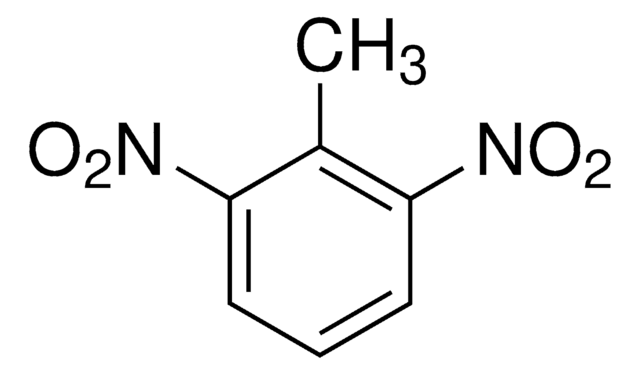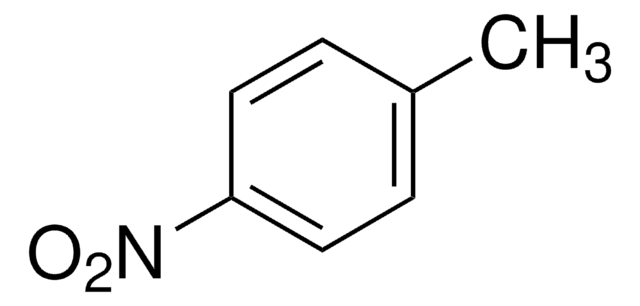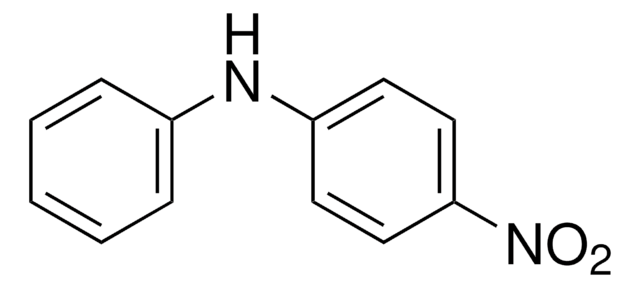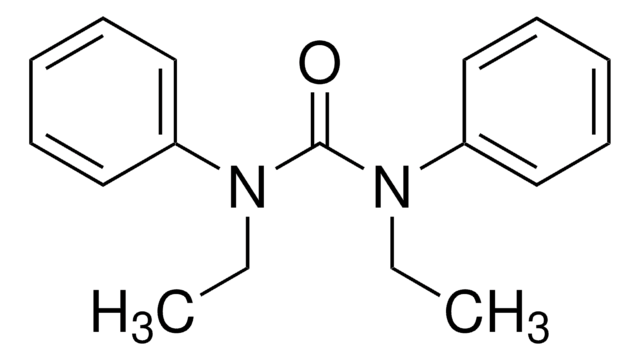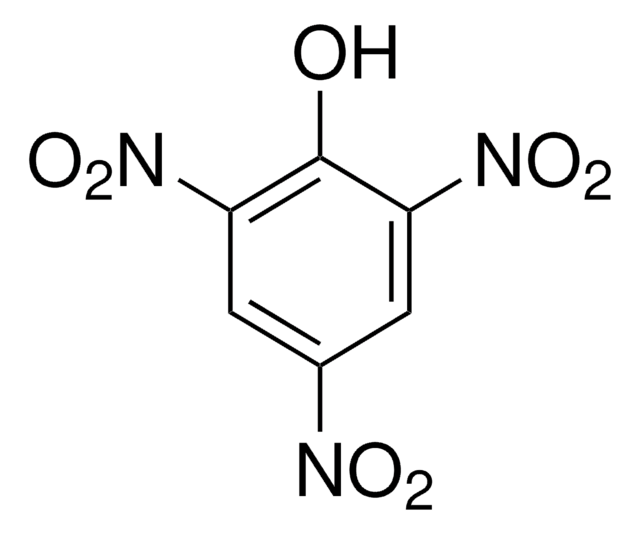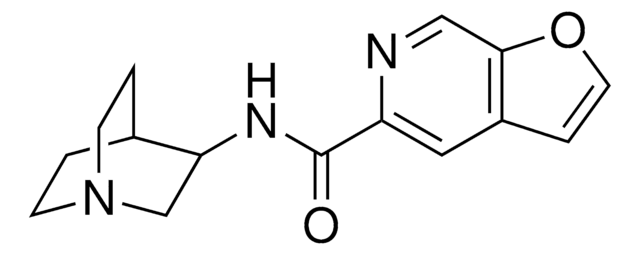Kluczowe dokumenty
ERT-107S
2,4,6-Trinitrotoluene solution
10 mg/mL in acetonitrile, ampule of 5 mL, certified reference material, Cerilliant®
Synonim(y):
TNT
About This Item
Polecane produkty
klasa czystości
certified reference material
Poziom jakości
Właściwości
Snap-N-Spike®/Snap-N-Shoot®
opakowanie
ampule of 5 mL
producent / nazwa handlowa
Cerilliant®
stężenie
10 mg/mL in acetonitrile
Zastosowanie
environmental
Format
single component solution
temp. przechowywania
−20°C
ciąg SMILES
CC1=C([N+]([O-])=O)C=C([N+]([O-])=O)C=C1[N+]([O-])=O
InChI
1S/C7H5N3O6/c1-4-6(9(13)14)2-5(8(11)12)3-7(4)10(15)16/h2-3H,1H3
Klucz InChI
SPSSULHKWOKEEL-UHFFFAOYSA-N
Szukasz podobnych produktów? Odwiedź Przewodnik dotyczący porównywania produktów
Opis ogólny
Zastosowanie
Informacje prawne
Hasło ostrzegawcze
Danger
Zwroty wskazujące rodzaj zagrożenia
Zwroty wskazujące środki ostrożności
Klasyfikacja zagrożeń
Acute Tox. 4 Dermal - Acute Tox. 4 Inhalation - Acute Tox. 4 Oral - Eye Irrit. 2 - Flam. Liq. 2
Kod klasy składowania
3 - Flammable liquids
Klasa zagrożenia wodnego (WGK)
WGK 2
Temperatura zapłonu (°F)
35.6 °F - closed cup
Temperatura zapłonu (°C)
2 °C - closed cup
Certyfikaty analizy (CoA)
Poszukaj Certyfikaty analizy (CoA), wpisując numer partii/serii produktów. Numery serii i partii można znaleźć na etykiecie produktu po słowach „seria” lub „partia”.
Masz już ten produkt?
Dokumenty związane z niedawno zakupionymi produktami zostały zamieszczone w Bibliotece dokumentów.
Nasz zespół naukowców ma doświadczenie we wszystkich obszarach badań, w tym w naukach przyrodniczych, materiałoznawstwie, syntezie chemicznej, chromatografii, analityce i wielu innych dziedzinach.
Skontaktuj się z zespołem ds. pomocy technicznej